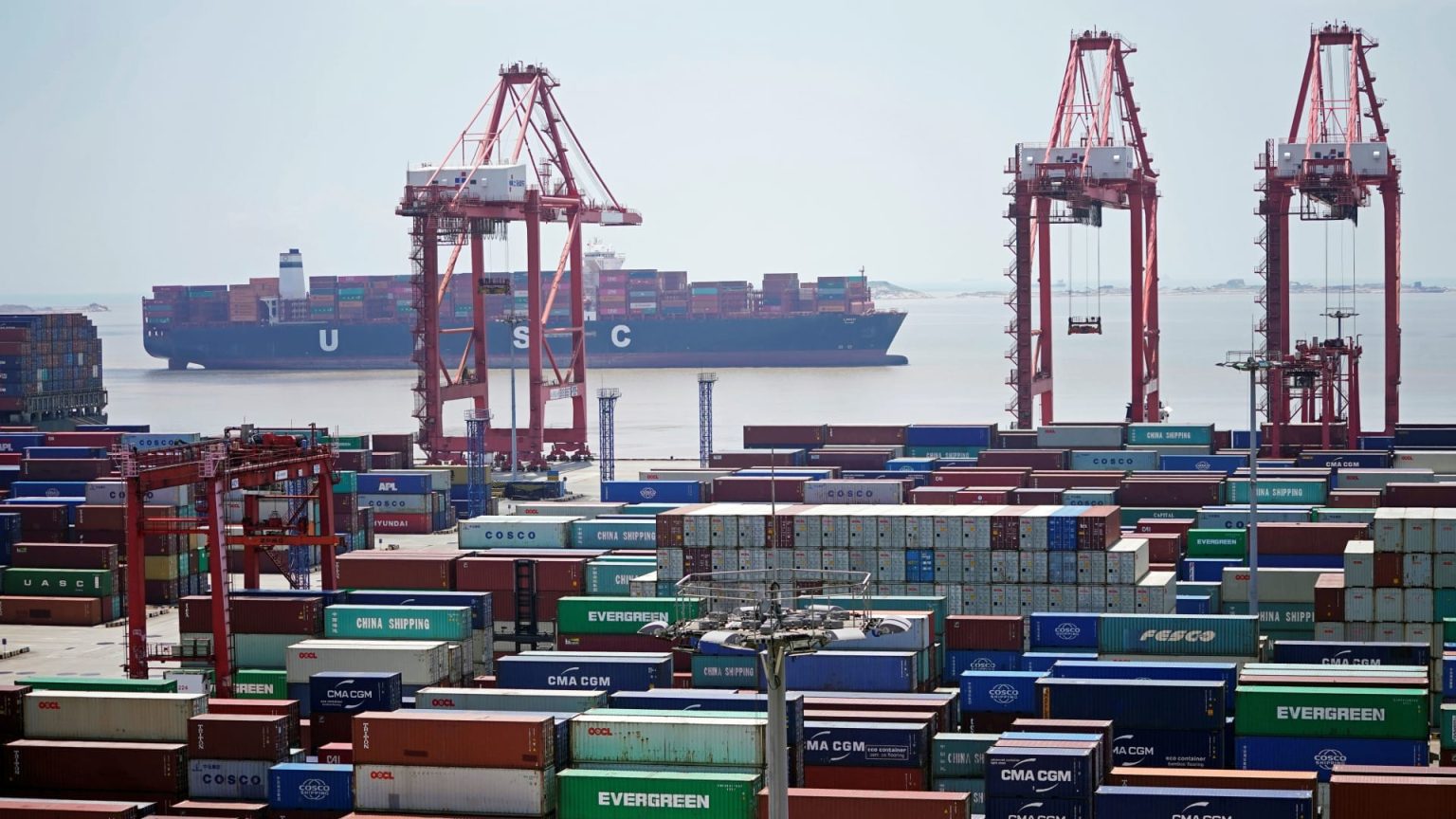China’s exports in May exceeded expectations, growing by 7.6% in U.S. dollar terms, while imports only rose by 1.8%. This data comes after China’s exports rose by 1.5% in April, with imports climbing by 8.4%. For the first five months of the year, U.S. dollar-denominated exports increased by 2.7% compared to the same period last year, while imports were up by 2.9%. Trade with the U.S. and EU decreased during this time, but exports to the Association of Southeast Asian Nations rose by 4.1% and imports from Russia increased by 7.5%.
Despite ongoing trade tensions with the U.S., China’s exports have remained resilient and continue to support overall economic growth. The Caixin manufacturing purchasing managers’ index indicates that new export orders grew for a fifth consecutive month in May, although at a slower pace compared to previous months. However, global trade restrictions are increasing, with approximately 3,000 restrictions imposed last year compared to 1,000 in 2019 before the pandemic, according to the International Monetary Fund.
These latest figures reflect the continuous growth of China’s exports, which have been a major driver of the country’s economic performance. The data also highlight the shifting patterns of trade, with exports to the ASEAN region increasing while trade with traditional partners like the U.S. and EU decreases. Despite the challenges posed by trade tensions and increasing global restrictions, China’s exports have managed to remain robust, contributing to overall economic stability.
The discrepancy between export and import growth rates in May underscores the impact of global economic conditions on China’s trade performance. While exports have outperformed expectations, imports have fallen short, indicating potential weaknesses in domestic demand. However, the overall trend of positive export growth suggests that China’s ability to adapt to changing trade dynamics and maintain international competitiveness.
As global trade restrictions continue to rise, China will need to navigate the evolving trade landscape to sustain its export growth. The country’s ability to diversify its trade partners and products will be crucial in mitigating the impact of shifting trade patterns and increasing barriers to international trade. With uncertainties surrounding global trade dynamics, China’s resilience in the face of challenges will be essential in driving continued economic growth and stability.


